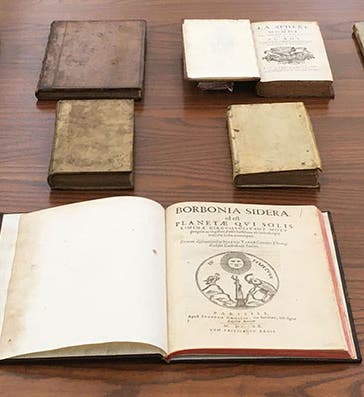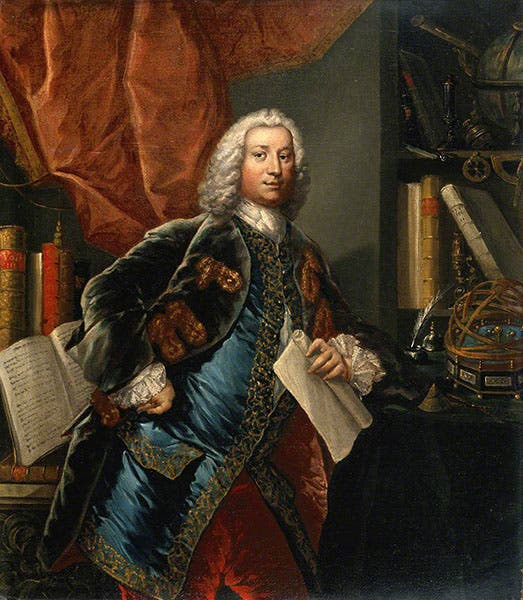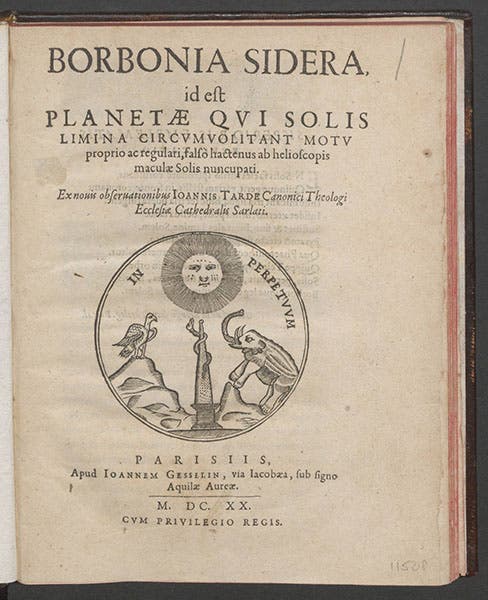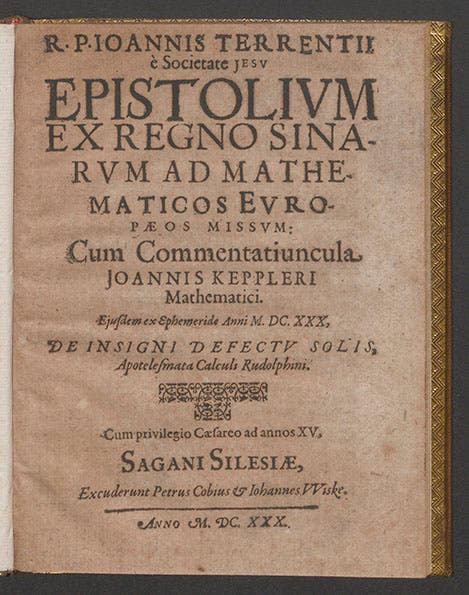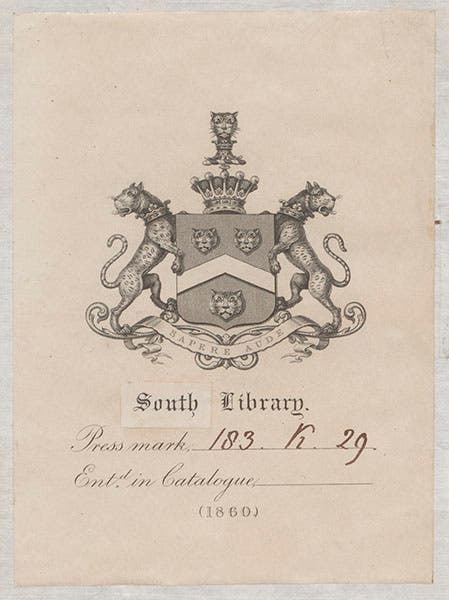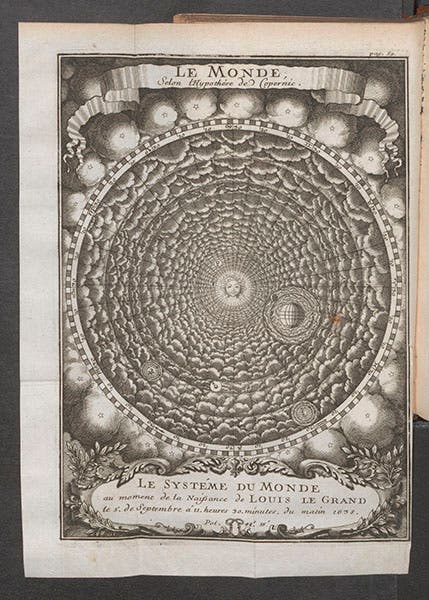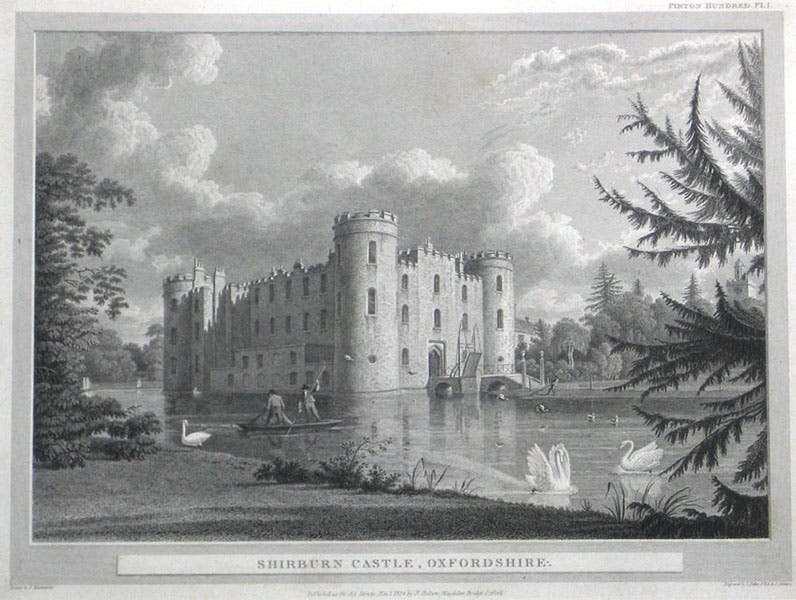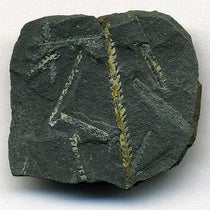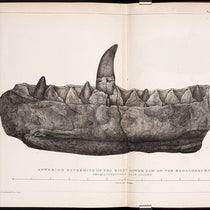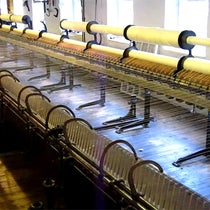Scientist of the Day - George Parker
George Parker, the 2nd Earl of Macclesfield and an English astronomer, died Mar. 17, 1764; his date of birth, surprisingly, was unrecorded. Parker was a member of Parliament for some years, but he was more interested in practicing astronomy in an observatory that he built in 1739 on the family estate, Shirburn Castle, in Oxfordshire. He was also instrumental in persuading the British parliament to institute the Gregorian Calendar Reform Acts of 1750-51, 169 years after the calendar had been established by Papal bull in Catholic countries. One of the features of the 1751 act was the removal of 11 days from the calendar in September 1752, which displeased quite a few people. Two years later, when Parker's son ran for public office, he was often greeted by hecklers who demanded: "Give us back our 11 days," which in turn inspired a famous cartoon by William Hogarth, with the phrase “give us back out 11 days” inscribed on a banner on the floor.
Parker was also a collector of books, as was his father, Thomas Parker, the 1st Earl, and the two put together quite an amazing library, some 12,000 volumes, many of which were works of science. In 2004, the 9th Earl of Macclesfield, another Parker, was evicted from the Castle (by his own family!), and the entire Macclesfield Library was offered at auction by Sotheby's, beginning in 2004. The scientific books alone took up 6 auctions. One of the most exciting items up for bidding was the sole surviving copy of a biography of Galileo by Thomas Salusbury, published in 1664 – all the other printed copies had perished in the Great Fire of London. The Macclesfield copy had long ago gone missing from the Library, but Sotheby’s appraisers turned it up when doing their inventory. It sold for £153,600.
We did not bid directly at any of the sales, but we have managed to acquire, on various occasions, nine books from the Macclesfield Library, each with the Parkers’ bookplate and shelf mark. None are quite as arresting as the Salusbury Galileo, but they are all attractive and significant works, and some were probably purchased by George Parker himself.
The handsomest is the Borbonia sidera (1620) by Jean Tarde (third image). In this work, Tarde argued that sunspots, recently discovered by Galileo and others, were small planets orbiting the sun, and Tarde named them the Bourbon stars, hoping to attract the patronage of Louis XIII, just as Galieo had successfully done with his Medicean stars just 11 years earlier. Tarde was not so successful, but he published a splendid book.
The rarest Macclesfield item in our collections is a short treatise by Johannes Kepler, a running commentary on a letter from Johannes Terrentius to the mathematicians of Ingolstadt, in which Kepler promoted his recently published Rudolphine Tables (1627; fourth image). The letter with commentary was published in 1630 in Sagan, where Kepler was living at the time; it appeared just before his death. We acquired it to enlarge (very slightly – it is a very thin pamphlet) our excellent collection of Kepleriana. In the Macclesfield Library, this was one of 9 short works bound into one volume, and then later broken up and individually rebound.
Our other Macclesfield items, which we photographed spread out on a library table for this occasion (first image), include Euclid’s Phenomena (1591); two editions of a treatise on etching by Abraham Bosse (1645 and 1701); Peter Crüger’s Doctrina astronomiae sphaericae (1635; we mentioned Crüger once before in a post on Willebrord Snell; a book by Conrad Dasypodius, De Disciplinis Mathmaticis (1579); Pierre Polinière’s Experiences de physique (1718); and the abbé de Vallemont’s La sphére du monde, selon l'hypothčse de Copernic (1707), which has a splendid foldout engraving of a Cartesian vortex cosmos that we couldn’t resist reproducing here (fifth image).
The Macclesfield book plates in all these works are similar, marked either North Library or South Library, with the shelf mark written in by hand. The one we show is from Bosse’s 1701 edition of Traité des manieres de graver en taille-douce (sixth image).
Shirburn Castle, the home of the Macclesfield Library, still stands in south Oxfordshire (seventh image), but Parker’s observatory has long since been demolished.
There is a mezzotint portrait of an older Parker in the National Portrait Gallery, London, but he looks rather overfed and complacent and doesn’t look much like a connoisseur of astronomical instruments and scientific books. The Science Museum in London has a portrait of an unknown member of the nobility, painted around 1745, who is posing before a variety of precision instruments amidst some impressive folio books (second image). It has been suggested by others that this might be a younger George Parker; I am happy to agree with that assessment and reproduce the portrait here as Parker pro tempore. If someone shows that this cannot be Parker, then we will replace it with the stodgier mezzotint, and we will all be wiser, but sadder.
Dr. William B. Ashworth, Jr., Consultant for the History of Science, Linda Hall Library and Associate Professor emeritus, Department of History, University of Missouri-Kansas City. Comments or corrections are welcome; please direct to ashworthw@umkc.edu.

